What is Siddhasana?
Siddhasana, also known as the Accomplished Pose, is one of the most traditional meditation positions in yoga. It’s been described in ancient texts like the Hatha Yoga Pradipika as one of the best postures for meditation because of its stability and energy flow.
In this pose, one heel presses gently into the base of the spine, while the other heel rests just above it, creating a strong foundation for meditation. Unlike more complex poses like Lotus, Siddhasana is easier for many practitioners while still giving a sense of deep grounding and focus.
Table of Contents
How to Perform Siddhasana
- Sit on the floor with both legs extended.
- Bend your left leg and place the heel close to the perineum (base of the spine).
- Bend your right leg and place the heel just above the left, resting against the pubic bone.
- Let your knees relax toward the ground, and place your hands on your knees in a mudra (hand gesture) of your choice.
- Keep your spine upright, shoulders soft, and gaze forward or gently downward.
- Breathe naturally and remain still.
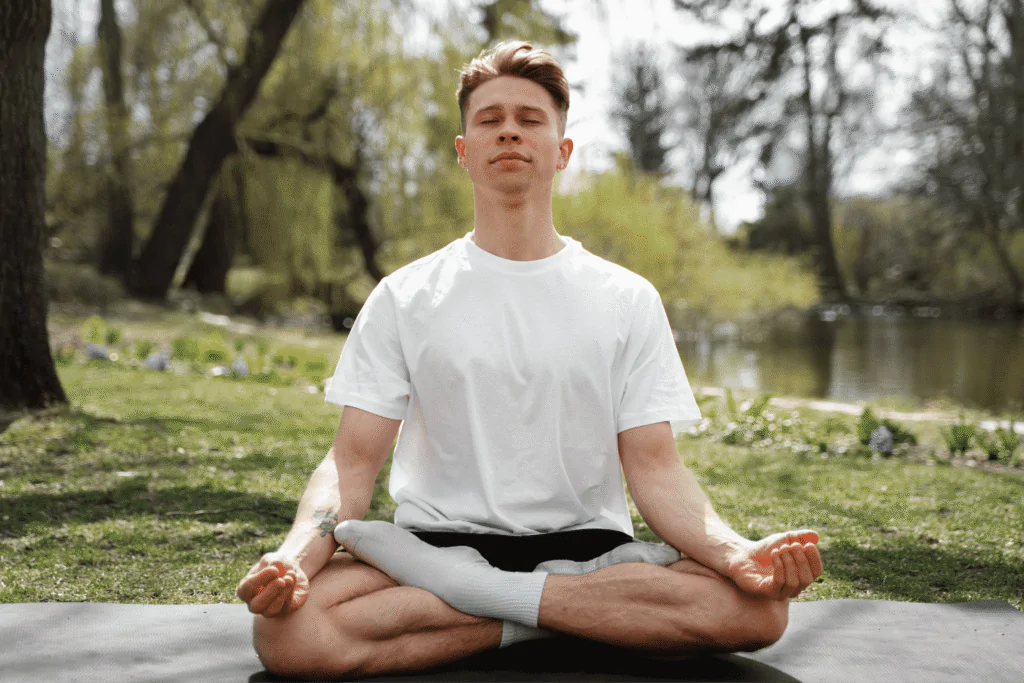
If you feel tightness in the hips, sit on a folded blanket or cushion to tilt your pelvis slightly forward.
Benefits of Siddhasana (Accomplished Pose)
Siddhasana has both physical and energetic benefits that make it highly valued in meditation:
- Steadiness for long meditation: Creates a stable base so you can sit without fidgeting.
- Encourages energy flow: The heel placement stimulates the base of the spine, supporting prana (life energy) movement upward.
- Improves posture: Strengthens the back and opens the hips.
- Mental clarity: Focuses the mind by balancing body and breath.
- Calms stress and anxiety: The pose’s stability naturally settles the nervous system.
For many meditators, Siddhasana becomes a “go-to” pose because it’s both strong and accessible.
Anatomy of Siddhasana
This pose works through a combination of grounding and openness:
- Hips & Groin: Deep external rotation in the hips while stretching the groin muscles.
- Spine: Active lengthening of the spinal column, keeping the body upright.
- Pelvis: Tilted forward slightly to support a natural curve in the lower back.
- Feet & Heels: Gently press into energy points at the perineum and pelvic region.
This unique combination is why Siddhasana is considered so effective for meditation and breath practices (pranayama).
How to Know if Siddhasana is for You
If you’re looking for a strong yet accessible meditation posture but find Lotus too challenging, Siddhasana is a perfect option. It supports energy flow and posture while being easier to hold for longer periods.
However, it might not be ideal if you have tight hips, knee injuries, or difficulty sitting on the floor without discomfort. Props can help, but if pain persists, alternative poses like Sukhasana (Easy Pose) or Burmese Position may be better.
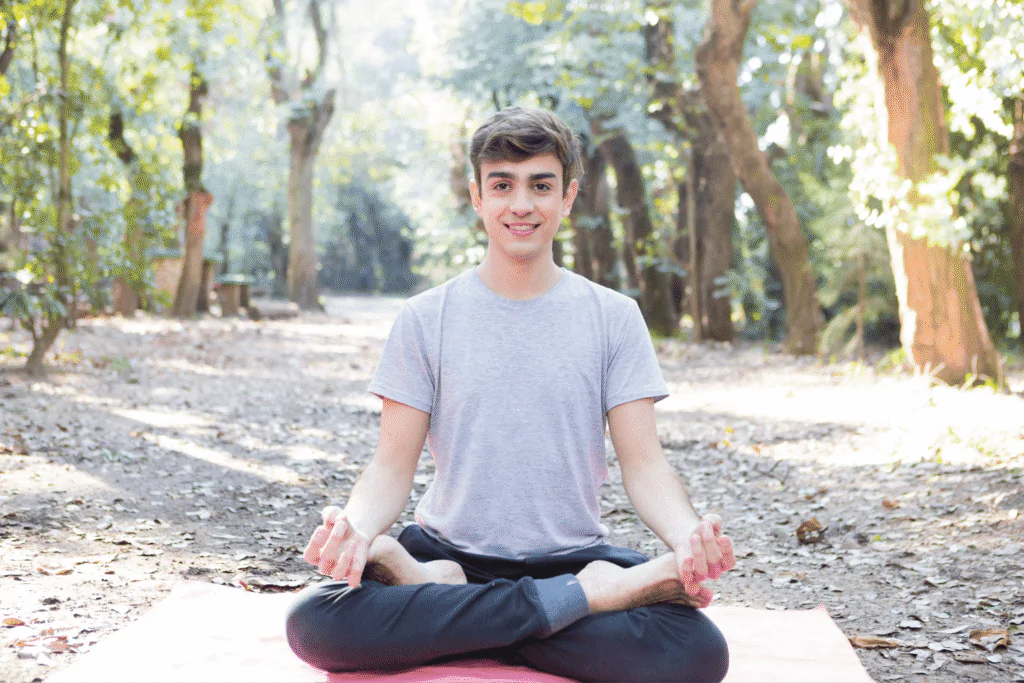
Preparatory Poses for Siddhasana
To ease into Siddhasana, a little warm-up goes a long way. Try:
- Butterfly Pose (Baddha Konasana): Opens the hips and groin.
- Seated Forward Bend (Paschimottanasana): Lengthens hamstrings and spine.
- Hero Pose (Virasana): Stretches thighs and ankles.
- Cat-Cow Stretch: Mobilises the spine.
Precautions for Siddhasana
- Avoid forcing your knees: Forcing them down can strain joints.
- Use props if needed: A cushion or folded blanket helps relieve hip tightness.
- Careful with sciatica or back pain: Maintain an upright posture, and don’t sit too long if discomfort arises.
- Gradual practice: If new to the pose, start with shorter meditation sessions before extending.
Tips for Practising Siddhasana
- Keep your head aligned with your spine—don’t tilt forward.
- Place a blanket under your sitting bones to ease pressure on your hips and lower back.
- Try practising with a mudra (like Chin Mudra or Jnana Mudra) to deepen focus.
- Stay relaxed—don’t tense your shoulders or jaw.
Common Mistakes in Siddhasana
- Rounding the back: Losing posture makes the pose tiring and less effective.
- Uneven heel placement: Heels should be comfortably stacked without strain.
- Over-tightening the legs: Keep them gently folded, not clamped.
- Skipping props when needed: Sitting flat without support can strain beginners.
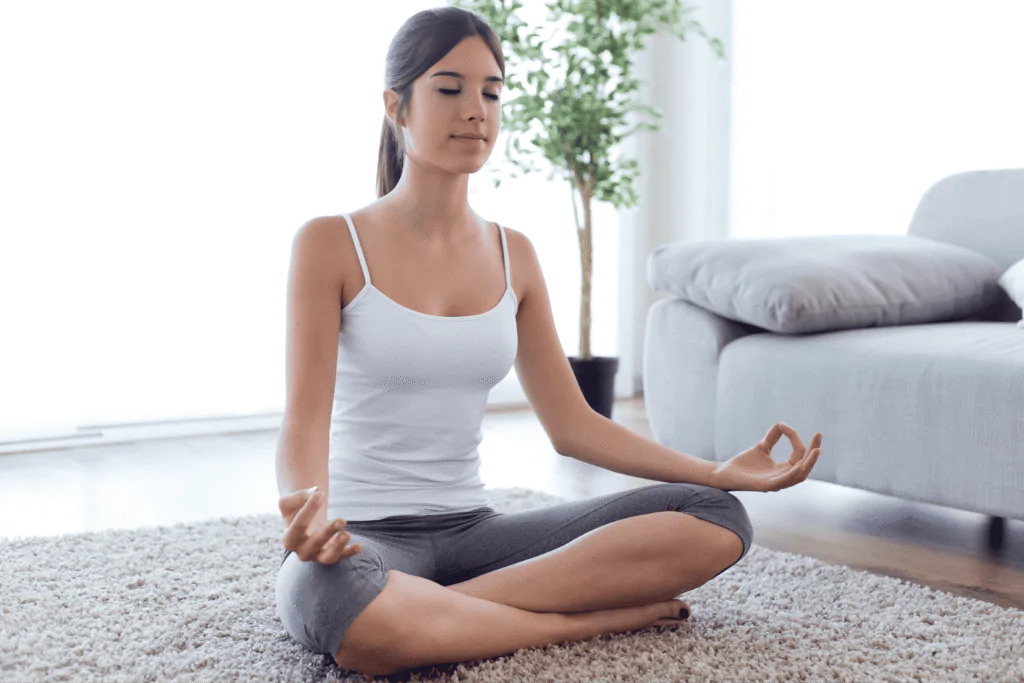
Variations of Siddhasana
- Ardha Siddhasana (Half Siddhasana): Only one heel is tucked in, with the other foot resting in front—more beginner-friendly.
- Supported Siddhasana: Props under the knees and hips for added comfort.
- Advanced Siddhasana: Full expression with deep hip openness, knees closer to the floor, and an upright spine held effortlessly.
Conclusion
Siddhasana (Accomplished Pose) is one of the most respected meditation postures in yoga, offering balance, stability, and focus. It may not look as fancy as Lotus, but its simplicity is its strength—it creates a calm, grounded foundation that supports both body and mind.
Whether you’re a beginner easing into it with props or an advanced practitioner holding it effortlessly, Siddhasana can be your key to unlocking deeper meditation, better posture, and a stronger connection with your inner self.
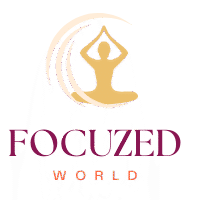
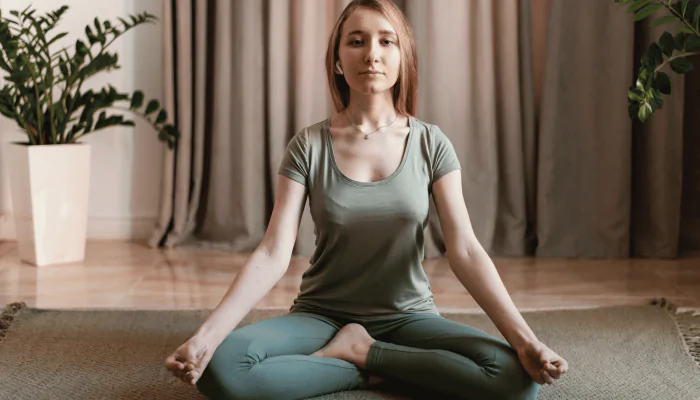
1 thought on “Siddhasana (Accomplished Pose): A Classic Seat for Meditation”
Awesome post! Really enjoyed reading it.